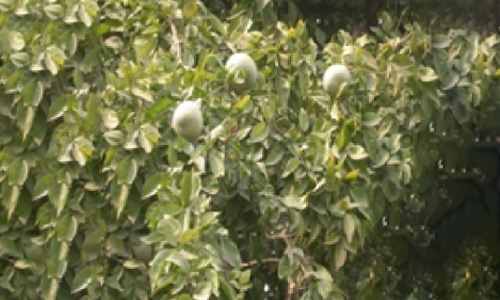We value your privacy
We use cookies to enhance your browsing experience, serve personalized ads or content, and analyze our traffic. By clicking "Accept All", you consent to our use of cookies.
We use cookies to help you navigate efficiently and perform certain functions. You will find detailed information about all cookies under each consent category below.
The cookies that are categorized as "Necessary" are stored on your browser as they are essential for enabling the basic functionalities of the site. ...
Necessary cookies are required to enable the basic features of this site, such as providing secure log-in or adjusting your consent preferences. These cookies do not store any personally identifiable data.
No cookies to display.
Functional cookies help perform certain functionalities like sharing the content of the website on social media platforms, collecting feedback, and other third-party features.
No cookies to display.
Analytical cookies are used to understand how visitors interact with the website. These cookies help provide information on metrics such as the number of visitors, bounce rate, traffic source, etc.
No cookies to display.
Performance cookies are used to understand and analyze the key performance indexes of the website which helps in delivering a better user experience for the visitors.
No cookies to display.
Advertisement cookies are used to provide visitors with customized advertisements based on the pages you visited previously and to analyze the effectiveness of the ad campaigns.
No cookies to display.
|
Division
|
Angiosperms |
|
Class
|
Dicotledons |
|
Subclass |
Polypetalae |
|
Series |
Disciflorae |
|
Order |
Geraniales |
|
Family
|
Rutaceae |
|
Genus
|
Aegle |
|
Species
|
marmelos |

|
Etymology: |
In Greek mythology Aegle one of the water nymphs who presided over rivers and springs. |
|
Botanical name
|
Aegle marmelos (Linn.) Corrêa |
|
Local/Trade names:
|
Bael, Golden Apple, Stone Apple, Indian Quince |
|
Conservation status:
|
Commonly cultivated. |
|
Digonestic features: |
Branches with spines; leaflets trifoliate. |
|
Description: |
A moderate-sized tree, 6-8 m high; branches with long spines. Bark grey, corky. Leaves trifoliolate; leaflets 4-7 x 2-4 cm, lanceolate or elliptic. Flowers ca 2.5 cm in diameter, greenish-white, sweet-scented. Fruit ca 5-10 cm indiameter, globose, rind woody. Seeds embedded in orange-coloured sweet pulp. |
|
Phenology: |
Fls.: May-June. Frts.: May-June. |
|
Distribution:
|
Throughout the India. Myanmar and Sri Lanka. |
|
Where to see it: |
Ornamental Garden, Nutritive Garden and Gate No. 2 side. |
|
Uses: |
Unripe or half rip fruits astringent, digestive, and stomachic, used for diarrhoea and dysentery. Pulp aromatic and cooling, used in the form of sherbet. Marmelosin is the active constituent; it acts as a laxative and diuretic, in strong doses a caridiac depressant. Gummy substance around the seeds serves as an adhesive, more abundant in young fruits. Also used as a varnish for pictures and adds brilliancy to water-colour paints. Dried fruits, freed from pulp, are used as pill-boxes. Stem yields a gum. Leaves contain an essential oil. |
Chief Conservator of Forests & Chief Wildlife Warden is the Head of the Department. There is one post of Conservator of Forests & two posts of Deputy Conservator of Forests viz.